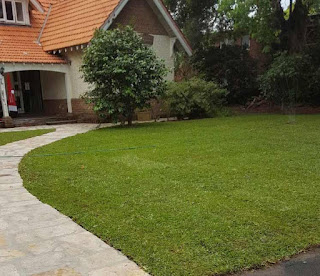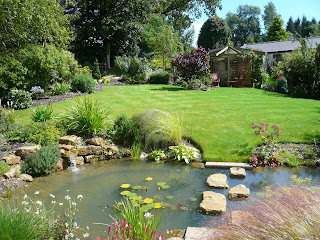When selecting timber decking, there are a few things to consider
Aesthetics, safety in high-risk regions, elevated levels of pedestrian traffic, environmentalism, and upkeep are all problems that each project faces.
1. The landscapes are softened.
Timber Decking Sydney may turn a drab space into a warm, inviting atmosphere. The imposing silhouettes of glass, cement, and steel may be smoothed, and the site can age gracefully only with the creative use of wood. Timber decks could be utilised to connect the inside and outside spaces in buildings with a timber façade or as part of the construction envelope. In today's modern, specially engineered construction industry, the beautiful face of wood performs a complementary role.
2. Keeping Slip Risks to an absolute minimum
Areas with a high danger of slipping can be handled by using the appropriate decking. Choosing a groove or smooth profile, 2 or 3 inserts, and either white flint or grey bauxite as an insertion allows boards to also be customised to meet specific needs.
For high degrees of slide resistance, decking is being used in wetland regions, marinas, and boardwalks. Depending upon that project's needs, floorboards could be castellated (grooved) or plain with up to three anti-slip fillings.
3. High-Traffic Areas, Accessibility
Smooth, non-slip flooring with high abrasion resistance and simplicity of maintenance is required in heavy-traffic areas. For pushchairs, wheelchairs, and bikes, the less aggressive grit creates a more level surface. Grooved deck boards, in combination with smoother boards, could be used to identify doorways for the visually handicapped.
Wooden decking planks with far fewer abrasive aggregates than typical boards are becoming more popular in areas with high pedestrian movement and strong wear resistance. Smooth decking boards are ideal for choosing hardwood decking for areas with a lot of foot traffic, taking into account pushchairs, wheelchairs, and bicycles.
4. Increasing Longevity in an Easy-to-Maintain Way
From silky, easy-to-clean boards for leisure, retail, and office buildings to outstanding anti-slip performances for outside pastimes, timber decking should be appropriately prepared for its use (typically to BS 8417:2011). Cleaning with a good stiff brush on a regular basis can help all floors.
Selecting the appropriate product for such a job will result in a low-maintenance solution. For ordinary out-of-ground interface applications, decking must be prepared to use Class 3. Class 4 treatment options are available for more severe applications, such as lakes and other bodies of water. We recommend giving you’re decking a thorough wash once a year with a pressure washer or specialised deck cleaning chemical.
5. Natural Resources
Growing, utilising, recycling, and growing is clear evidence of the environmental benefits of using natural materials. So more plants would grow as a result of the products you choose, and more dioxide would be absorbed, improving the project's sustainability impacts. Timber decking must be purchased with a complete chain of custody, such as FSC or PEFC certification. One tonne of CO2 is absorbed by 1 m3 of lumber. CO2 emissions are offset through the use of wood energy. Manufacturing wastage is minimal since by-products can also be used to generate energy in power generation plants(Landscape Gardner Sydney). Annual growth exceeds annual felling in Northern Europe, where most of the high-quality redwood lumber is sourced. Additional carbon is absorbed by growing trees.



Comments
Post a Comment